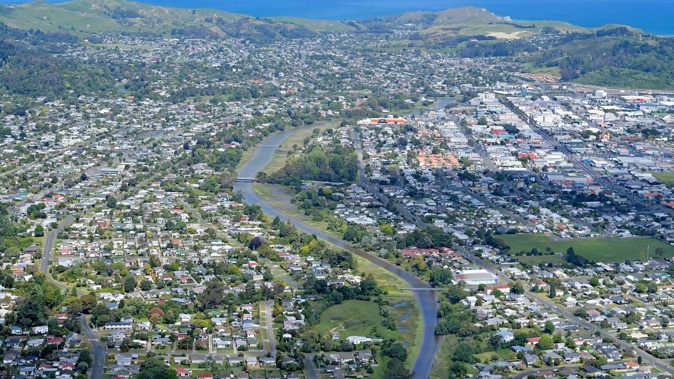
New Zealand’s population has grown 6.3 per cent and is getting older and more diverse. The latest data shows the oldest section of the population is in the North Island while the fastest territorial authorities are in the South Island.
Since the 2018 Census, New Zealand’s population has grown by almost 300,000 people. The latest results show most people live in the North Island, and our population continues to age and diversify ethnically.
The number of people with Māori descent is rapidly growing with almost one million – 12.5 per more than the previous 2018 Census.
Our population
The Census population count – which includes people who were in New Zealand on Census night – was 4,993,923 – almost 300,000 more people than the 2018 Census.
Population growth was slower between 2018 and 2023.
Most people lived in the North Island (76.3 per cent or three in four people) and one third (1.66 million) lived in Auckland.
Populations have grown across all regions. The population growth rate for Auckland was 5.4 per cent, almost half of the growth rate for the Tasman region (10 per cent). The slowest population growth was in Wellington (2.8 per cent) and Southland (2.7 per cent).
The fastest-growing territorial authority (cities or districts) were Selwyn and Queenstown. Stats NZ said the slower population growth could be attributed to closed borders and slower migration, and low fertility rates.
Age data
New Zealand’s population is getting older with the average median age rising from 37.4 years in 2018 to 38.1 years.
Thames-Coromandel is the oldest area in New Zealand – where 34 per cent of people are over-65. In Kaikōura and Kāpiti, 27 per cent of the population is over-65.
The youngest population is the Manurewa local board area in Auckland where 24 per cent of the population is aged under-15.
Māori data
In 2023, one in five people in New Zealand were of Māori descent. In a statement, Te Kāhui Raraunga, the operational arm of the Data Iwi Leaders Group, described the growth in the Māori descent population as a “transformative shift”.
The data shows 19.6 per cent or 978,246 of the country’s population are of Māori descent, 12.5 per cent higher than 2018.
Māori also make up a larger proportion of the country’s younger population with nearly one in three people under-25 identifying as Māori.
Te Kāhui Raraunga pou arahi/aho tapu Kirikowhai Mikaere said the data showed that the Māori population was “young, resilient, and rapidly growing”.
“This would suggest that we will see Māori become a dominant part of the future workforce of Aotearoa, enhancing diversity, promoting new ideas and stimulating creative solutions across industries.”
This is 12.5 per cent higher (108,396 more people) than recorded in the 2018 Census and takes the New Zealand Māori population to nearly one million people (978,246).
Ethnicity data
The majority of the population was New Zealand European in the 2023 Census (67.8 per cent) however the ethnic make-up of our population has continued to diversify.
Māori, Asian, Pacific peoples and Middle Eastern, Latin American and African groups grew “significantly faster” than European ethnic groups, Stats NZ said.
This will be the last Census in its current form. Photo / Bevan Conley
Today Stats NZ released the first round of data from what might be the last Census as we know it.
Consultation is already under way on how Census 2028 will be conducted. Stats NZ is considering moving away from the traditional “full enumeration” of Census data.
New plans could include a complete overhaul of the way the national survey is conducted. The health and safety of census collectors, the rise of alternative datasets, the increasing cost of getting responses from New Zealanders and the agency’s social licence have all raised questions about the current Census model.
Staggered Census releases will continue until at least August next year.
The Census is a nationwide, five-yearly headcount of everyone in New Zealand and where they are living or staying. The first official Census was run in 1851.
Take your Radio, Podcasts and Music with you









